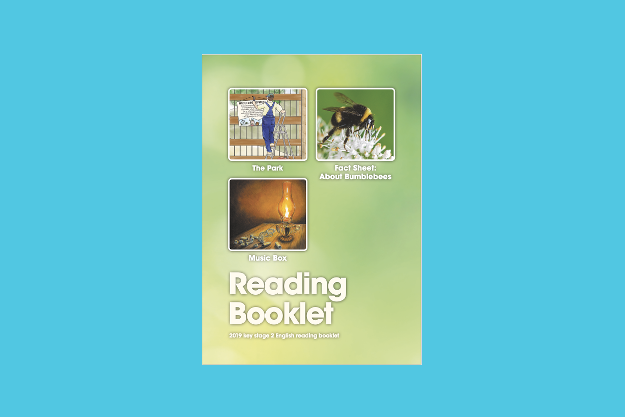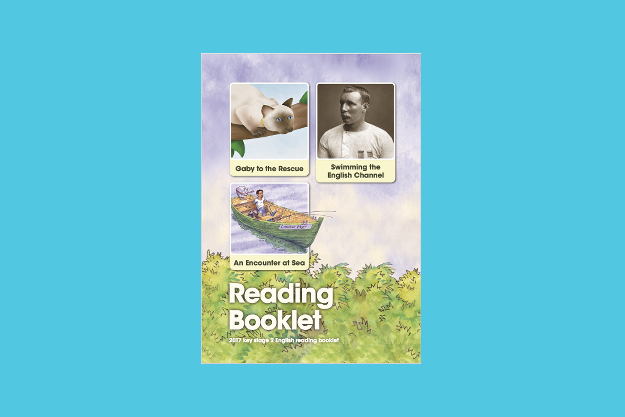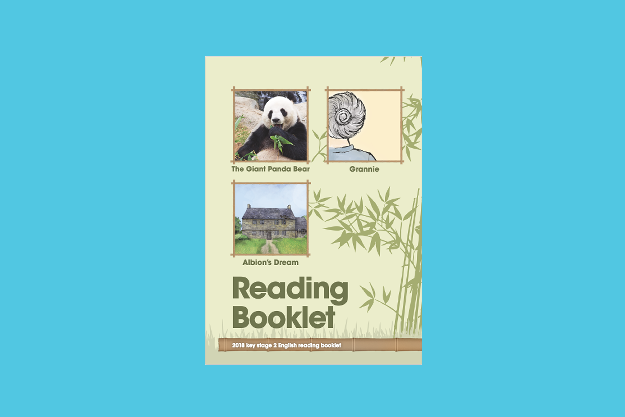Preparing for the KS2 reading SAT
If you’re new to preparing children for the key stage 2 reading test, or if you just need a reminder or two about how to get your children ready, this blog post collates some of the measures you need to put in place.
“Before anything else, preparation is key to success.”
If we’re to get children ready for the reading tests, there are a few things that we need to prepare ourselves. In collating these, I’ve been very much influenced by Stephanie Harvey and Annie Goudvis who, in their excellent reading handbook Strategies that Work: Teaching Comprehension for Understanding and Engagement (second edition), dedicate an entire chapter to preparing children for reading tests.
Know the test structure
In terms of the key stage 2 reading SAT this means knowing the format of the test and the time constraints that children need to work under. The following table from key stage 2 English reading test framework (published 2016), sets out the number of papers, marks and timings of the test.
We should also prepare ourselves by knowing:
o There are three texts in the test that get progressively harder
o The texts can cover fiction, non-fiction and poetry
With this knowledge we can prepare children by ensuring their reading diet and comprehension lessons include a range of fiction, non-fiction and poetry. We can also use our reading lessons to help children build the combination of stamina and pace required to read and answer the texts within an hour.
Know which aspects of the curriculum will be tested
The reading content domain is used to assess reading in the key stage 2 SAT. This is not the full range of skills included in the national curriculum (such as children showing their enjoyment of reading or being able to discuss their preferences) but is instead the range of skills that can be assessed in a paper and pencil test. It seems appropriate to say at this point, the children have an entitlement to experience the breadth of the national curriculum objectives and to engage in discussion about their reading. However, we need to balance this when preparing children for the SATs with ensuring that they are prepared for answering questions covering the content domain.
From key stage 2 English reading test framework
Most teachers know the range of skills in the content domain (many using the acronym VIPERS in place of 2a – 2h). What isn’t so well known is the expected weighting of the content domain in each year’s key stage reading SAT.
The following table, again from key stage 2 English reading test framework (published 2016), provides the really useful expected weighting of each area of the content domain. What is clear from this is that in any year it is likely that retrieval and inference will be tested the most. By no means would I propose your teaching reflects the weighting of the content domain – imagine a world where you spent only 0-6% of your reading time on prediction! But ensuring that your children are confident in retrieval and inference-making is going to be a key part of your test preparation.
Know how the marks are allocated
Key stage 2 teachers are often anxious about their children’s ability to answer 3 mark comprehension questions. It’s worth noting that in the key stage 2 reading SAT, the majority of marks available are from 1 mark responses. Teaching children to ‘have a go’ at all of the 1 mark questions is essential if they are to accrue sufficient marks across the paper to meet the expected standard.
Know the range of question types
In reading comprehension lessons, children frequently respond to texts by writing extended responses. Certainly this type of response is included in the key stage 2 SAT, and being able to make a point and give evidence from the text to support it is an important skill. However, there are a whole range of ways that children are asked to respond to texts in the key stage 2 reading SAT, illustrated by the table below. This means that in our reading lessons, we need to prepare children for these structures by including multiple choice questions, join the boxes responses, and ranking the statements questions etc.
Know the language of the tests
The key stage 2 reading SAT uses words and phrases such as locate, what impression, and infer. These are not the words and phrases of our children’s everyday lives and so we need to use locate when asking children to retrieve and ask them the impressions created by the text when asking them to infer and visualise when reading.
Know that wide reading and reading for pleasure make a difference
Children who read widely and regularly are more likely to have the stamina to read the 1500 – 2300 words included in a key stage 2 reading SAT. Ensuring that your children read often and widely is an important part of your SAT preparation. Including poetry and non-fiction in your classroom book corner and in your reading lessons is vital. Expose your children to rich text and older stories that include vocabulary and sentence structures they might otherwise not encounter. This is where the class read aloud text can be so useful.
Knowing where to get help
We have several ways we can help you to prepare for the key stage 2 reading SAT.
The following blogs contain more information that will help you prepare for the KS2 SATs:
The following DIY CPD pack provides you with Powerpoint slides and a detailed script for delivering your own training session about preparing for the KS2 Reading SAT.
The following FREE resources will further help you prepare for the KS2 SATs:
We’ve collated all the past KS2 reading SATs in one place so you can download the materials easily:
We have a range of resources to help you teach reading using high quality texts. Here’ just one of our popular downloads.





















